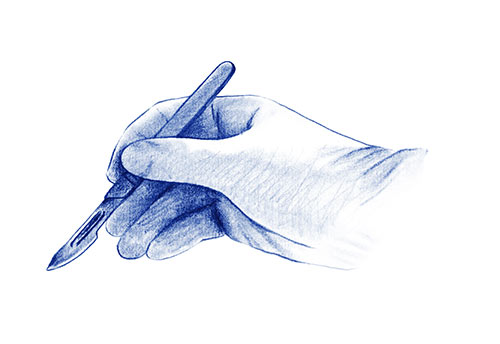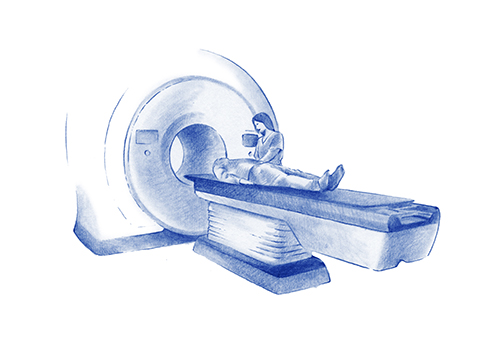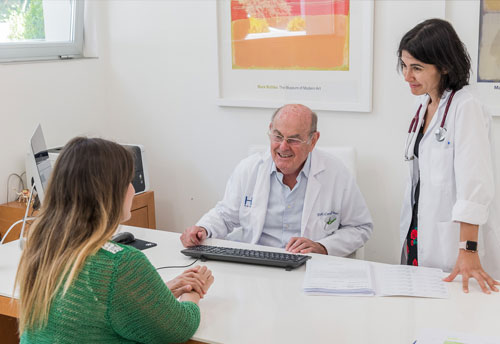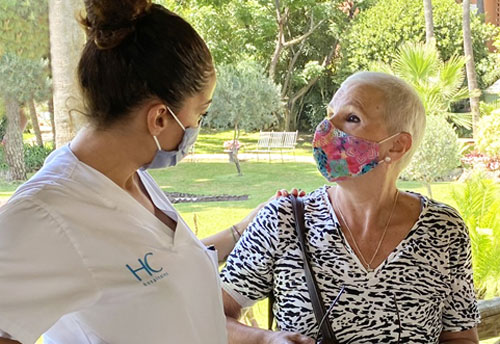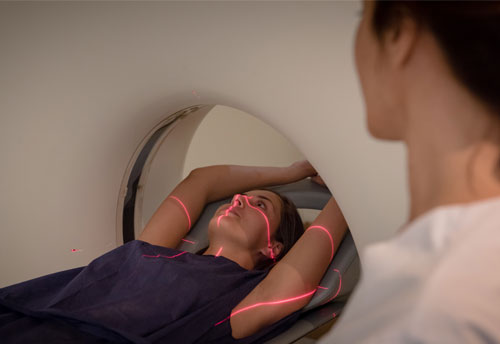Inmunotherapy
Immunotherapy activates the immune system to attack cells.
The tumour cells’ mechanism prevents T-lymphocytes from recognising it, immunotherapy blocks this, allowing the immune system to destroy the tumour.
In the majority of cases it is a well-tolerated treatment which presents little toxicity.
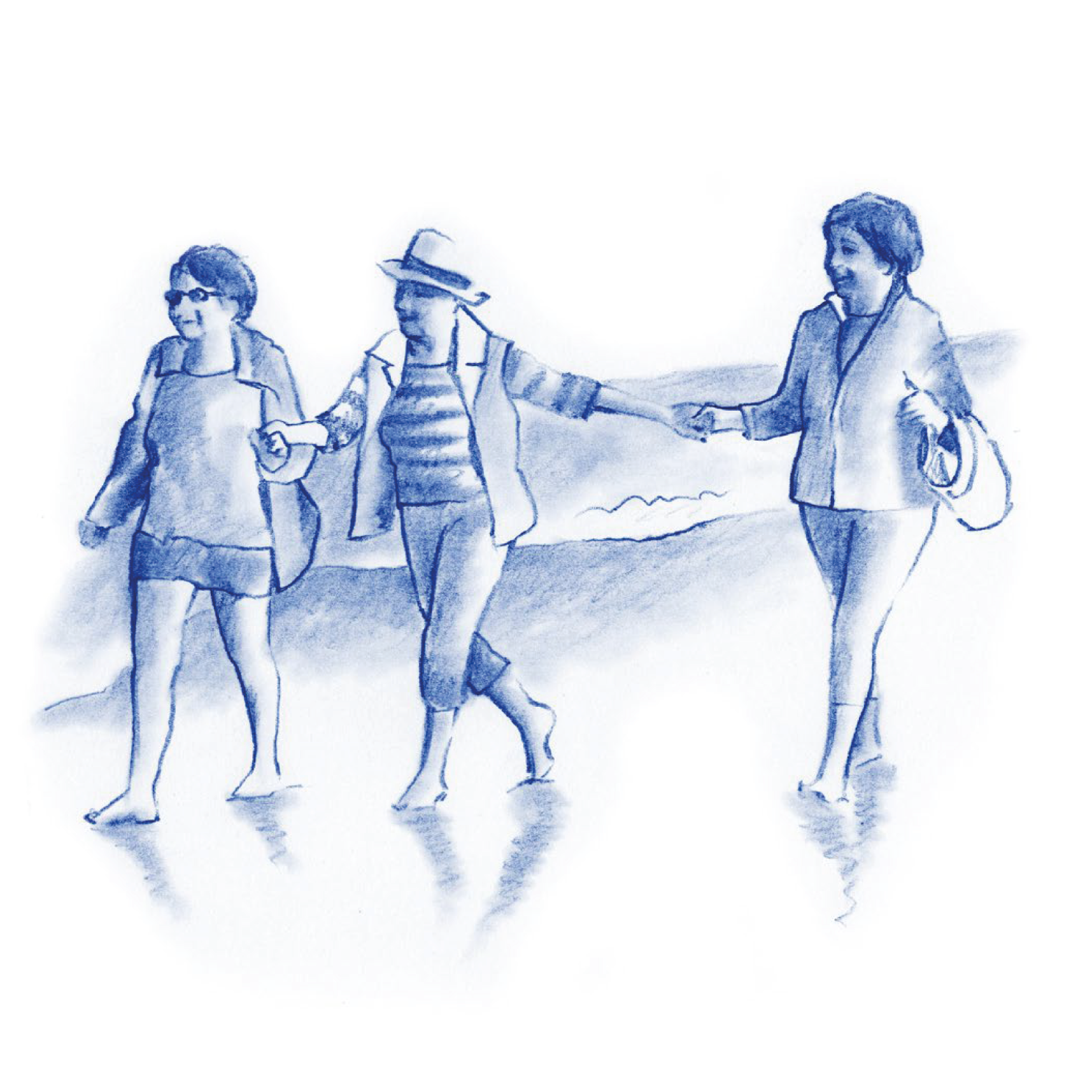
Inmunotherapy

Immunotherapy activates the immune system to attack cells.
The tumour cells’ mechanism prevents T-lymphocytes from recognising it, immunotherapy blocks this, allowing the immune system to destroy the tumour.
In the majority of cases it is a well-tolerated treatment which presents little toxicity.

What is Immunotherapy?.
It is a treatment which helps our immune system to combat cancer. It enables our system to recognise and attack the cancer.
What does immunotherapy do?
The immune system defends the body against any type of attack.
When tumour cells develop, our immune system should identify them as foreign bodies and respond by activating and producing T lymphocytes to neutralise or eliminate these abnormal cells.
The problem is that the tumour releases a series of substances (PD-L1) which block the immune system (PD1 receptors) and the lymphocytes become inactive. As a result the cancer cells are not recognised as foreign.
What does immunotherapy do?
- It unblocks the mechanisms which are blocking our immune system.
- It recovers the immune system’s defensive capacity, helping our own body to recognise and attack the cancer.
- It limits toxicity. The immune system identifies the healthy tumour cells, and only attacks abnormal cells.
- It stops or delays the growth of cancer cells.
- It has a prolonged effect. After treatment, the immune system continues to recognise tumour cells as “foreign bodies”.
- It prevents the cancer from spreading to other parts of the body.
How do these drugs work?
- They act on lymphocyte receptors and tumour cells.
- They prevent the tumour from paralysing the lymphocytes, allowing them to act as destructive elements.
- The immune system recovers the capacity to recognise and attack the tumour.
How is immunotherapy given?
Administration is in the day hospital by specialist personnel, usually intravenously.
What side effects does immunotherapy have?
In the majority of cases it is a well-tolerated treatment with little toxicity.
Immunotoxicity can develop when stimulating the immune system, it can include:
Diseases related to the immune system, all of which involve inflammation: dermatitis, pneumonitis, colitis, hypophysitis…
With stimulation of the immune system, immune-mediated toxicity can manifest as:
- Skin breakouts or itching,
- diarrhoea,
- liver inflammation,
- lung inflammation,
- hormonal abnormalities,
- muscle pain,
- shortness of breath,
- swollen legs (oedema),
- paranasal sinus congestion,
- headache…
Is immunotherapy effective?
It is very effective in some cancers and in some patients.
The action of immunotherapy drugs on some cancers, such as lung and melanoma, has already altered prognosis of the disease, proving to be more effective than traditional therapy on some occasions.
What cancers are treated with immunotherapy?
More and more cancers can be treated including: lung, kidney and bladder as well as subtypes of both breast and colorectal cancer.
There are indicators which can help us to understand sensitivity to immunotherapy treatment:
- PDL1- we measure the amount of PDL1 the tumour has, the effect of immunotherapy will vary depending on the percentage present.
- Microsatellite instability This is an abnormality in the DNA repair proteins involved in the solution of errors during cell division or cell growth.
Other treatments

Chemotherapy
Destroy the cell from within. Attacks rapidly dividing and growing cells.
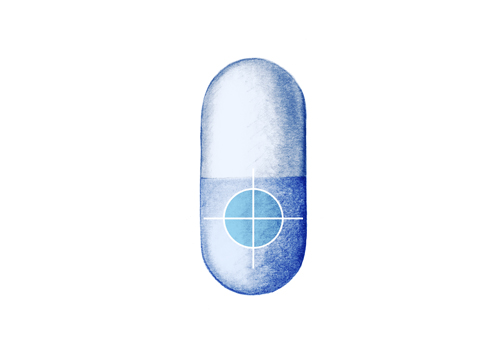
Targeted therapy
They interfere with specific alterations present in tumor cells. Directly to your mutation type.
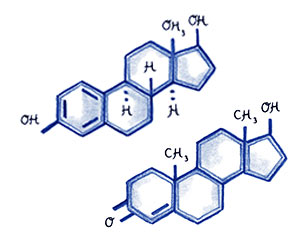
Hormono therapy
Eliminate or decrease the production of hormones. It stops your tumor from growing and spreading.

